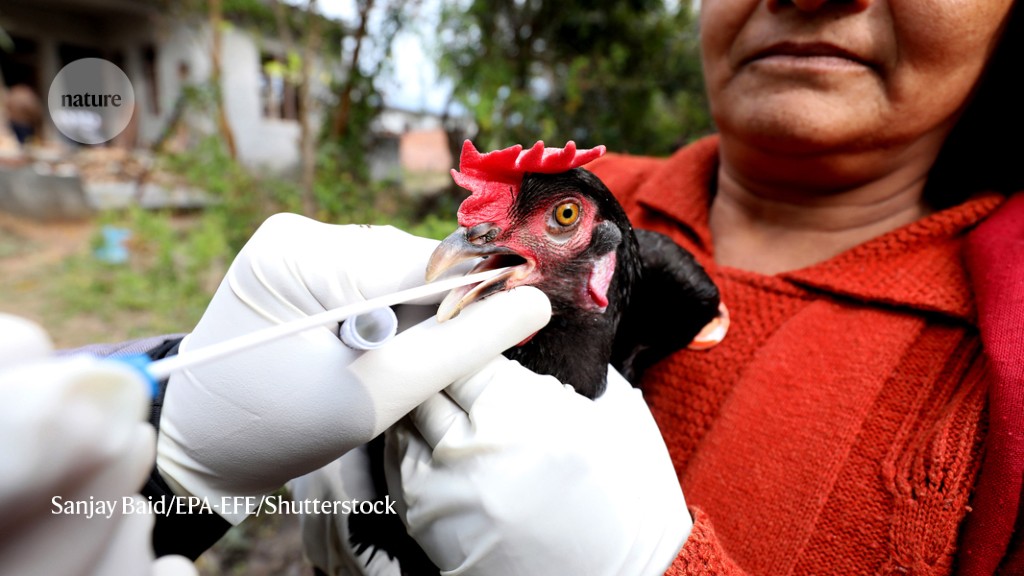Stop-and-go federal funding floods public health agencies with cash during crises but starves them of funds afterward.
Submitted by mike kraft on
JACKSON, Miss. — When the coronavirus first scythed through the nation in early 2020, few places needed help fighting it more than Scott County, Miss., a rural patch of chicken processing plants and pine forests an hour east of the state capital, Jackson.
The poverty rate for the county’s 28,000 residents was far above the nation’s. So, too, were rates of diabetes and other chronic illnesses that worsen the risk of severe Covid-19. Yet Mississippi’s health department, struggling under huge budget cuts ordered by the state’s Legislature, had deployed just two nurse practitioners to cover a quarter-million residents in Scott and eight other counties.








